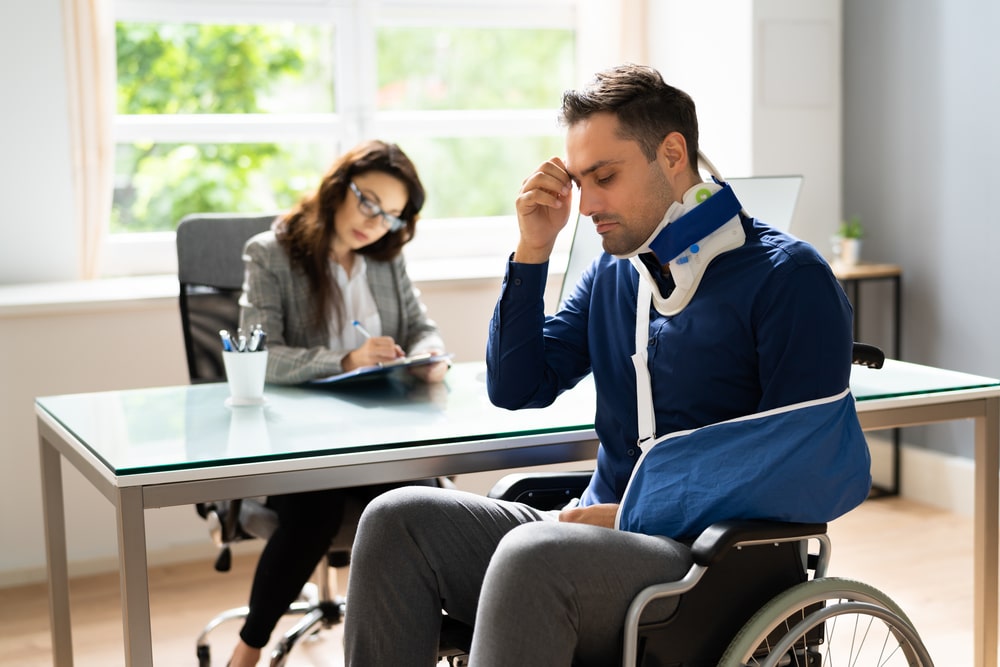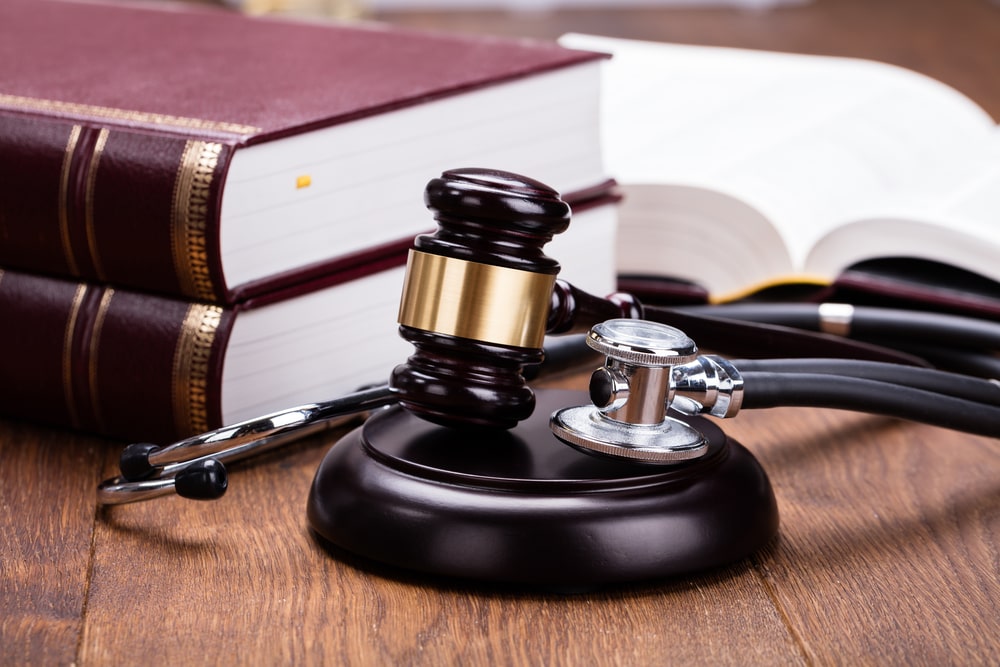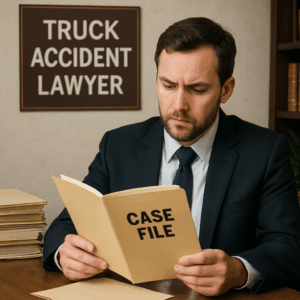When we are deciding who to trust with a personal injury claim, asking the right questions is essential. The attorney we select can affect how smoothly our case moves forward and the outcome we may achieve. Below, our Denver, CO personal injury lawyer provides common questions many clients ask before choosing an attorney, along with detailed answers to help guide the decision-making process.
How Much Experience Do You Have With Cases Like Mine
We need to know how familiar an attorney is with personal injury claims similar to ours. Experience with car accidents, slip and fall cases, workplace injuries, or medical-related claims helps us feel confident in their ability to represent us. We can ask how long they have been practicing, how many personal injury cases they have handled, and what percentage of their work is dedicated to this area of law. By asking about past verdicts and settlements, we gain a better picture of how they approach cases and what results they have achieved.
What Is Your Approach To Communication
Strong communication makes the legal process less stressful. We want to know how often the attorney will update us and whether we will be speaking directly with them, a paralegal, or both. Some clients prefer frequent check-ins, while others only want updates when significant developments occur. Asking about their typical response time to emails and phone calls helps us understand whether their style fits our needs.
What Fees And Costs Should We Expect
Before we commit, we should ask about the payment structure and any potential costs. Most personal injury attorneys work on a contingency fee basis, which means they are only paid if they recover compensation for us. It is important to confirm what percentage of the recovery they will take, whether it changes if the case goes to trial, and how expenses such as court filing fees, depositions, or expert witnesses are handled.
How Do You Approach Case Strategy
Every case is unique, and it helps to know how the attorney plans to move ours forward. We can ask about the steps they take to investigate, gather evidence, and build a claim. It is also important to understand how they handle settlement discussions and what their approach is if a fair settlement cannot be reached.
What Sets Your Firm Apart From Others
This question allows the attorney to explain what makes their practice unique. Some may focus on decades of combined experience, while others emphasize their record of results or their personal attention to each client. We should ask what values guide their practice and how they support clients beyond the legal process.
Protect Your Rights
Since 2016, our team at Strong Law Accident & Injury Attorneys has provided honest, straightforward answers and given us peace of mind about the process ahead. Now is the time to start asking these important questions and hiring a legal partner who will protect our rights and guide us toward a fair resolution. Contact us today to schedule your free evaluation!


















